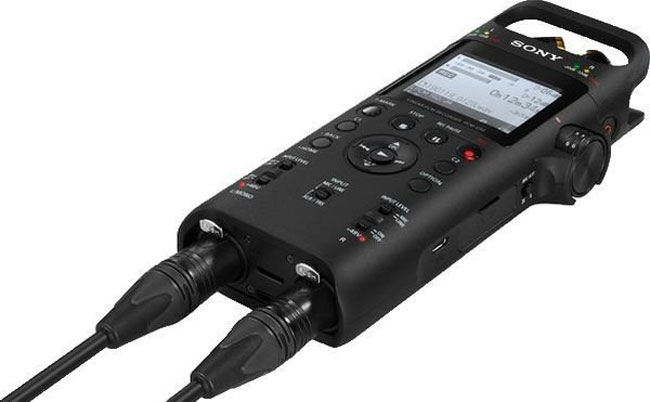

Podcast record using only audio interface and mic movie#
On movie sets, they block out wind by covering the microphones with big fuzzy things called ‘dead cats’. What you’re trying to do is create a barrier blocking out the wind. You don’t want to completely cover it/press down or your audio will be muffled. If you’re doing hand-held shots you can partially cover your camera or phone’s mic with your finger. You can do a lot to counter-act this problem by physically blocking the wind. If you shoot outside, then the wind passing over your built-in mic will do terrible things to your audio. Look for a room that has a lot of soft things in it, like beds and sofas. The same conditions that make you sound great when you sing in the shower will – like recording in a small space -make your voiceover unpleasantly echo-y. Avoid hard, reflective, surfaces like appliances and mirrors which your voice will bounce off of. You should also pay attention to what’s in the room you’re recording in. If you try to record in a room that’s too big your voice might sound to distant, and if you try to record in a room that’s too small your audio will be too echo-y. There’s more that goes into picking a good room than how quiet it is. Sometimes the best thing you can do for your audio is simply to scout out a quiet room in your house where the sound recording conditions are better. It’s easy to default to recording in your home office, even though it’s right next to the kitchen where your family is bustling around, or in your bedroom even though there’s a busy street right outside your window. That probably seems really basic, but it’s something a lot of people just don’t do. The best way to limit the amount of background noise you pick up in your sound recording is to shoot somewhere where there’s no background noise. Moving your camera/smartphone physically closer to you will make it hard to include anything besides your head and shoulders in your shot, but it will get you significantly better audio. Built-in mics can record decent audio up close, but usually, your camera will be set up farther away from you than an external mic would be.įor example, your camera’s mic might be just as good as a clip-on LAV, but that LAV is right by your mouth and the camera is a couple of big steps away. The biggest problem with the mic built into any camera or phone is just that, since it’s with the camera, it’s usually too far away from you. Keep Your Camera Close (like, really close)

Luckily, there are a lot of easy, free, things you can do to protect the quality of your audio recording even if you’re not using an external mic. It could even be that you just don’t want to bother with an external mic.

Or, maybe you just don’t happen to have a mic now and don’t want to wait to make videos. Getting an external mic (even a $10 one-off Amazon) is one of the best ways to improve your videos. You’ve probably heard that before – viewers might forgive sub-par video quality if they're interested in what you're saying, but if it’s hard to understand what you’re saying they'll click away. Audio quality is more important than video quality on YouTube.


 0 kommentar(er)
0 kommentar(er)
